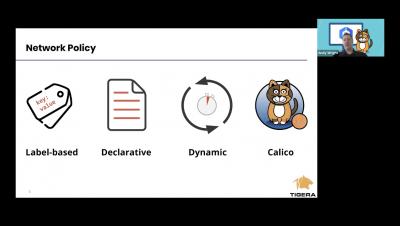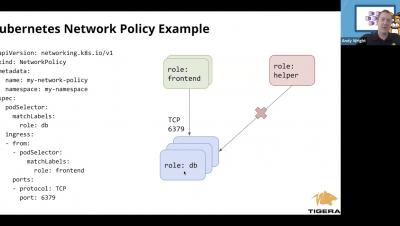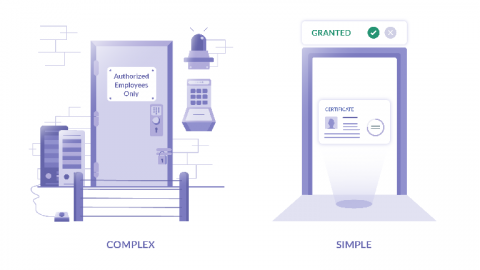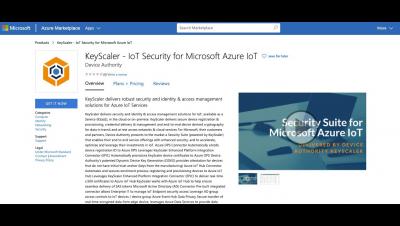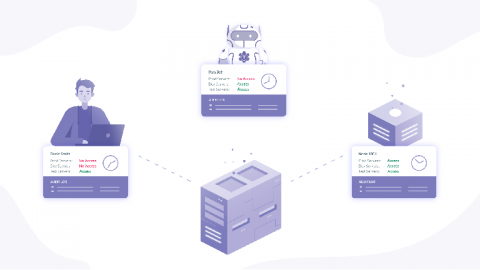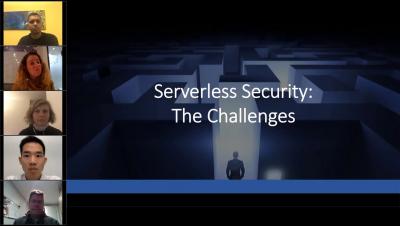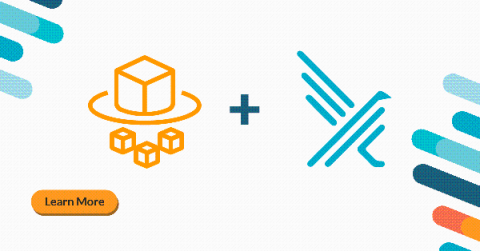Security | Threat Detection | Cyberattacks | DevSecOps | Compliance
Cloud
How to Implement Network Policy in Azure AKS to Secure Your Cluster
Solid Infrastructure Security without Slowing Down Developers
In this post, I want to share my observations of how SaaS companies approach the trade-off between having solid cloud infrastructure security and pissing off their own engineers by overdoing it. Security is annoying. Life could be much easier if security did not get in the way of getting things done.
3 Tips for Building a Strong Unified Cloud Security Strategy
In a world full of threats targeting data as well as stringent compliance mandates, it’s never been more important to create a strong unified cloud security strategy. But as cloud environments become more complex and diverse, it’s also never been more difficult. Even if you’re partnering with a notably secure provider, it’s still important to understand your security responsibility and to be proactive about protecting your data in the cloud.
Cloud Under Pressure: Keeping AWS Projects Secure
Amazon Web Services (AWS) allow organizations to take advantage of numerous services and capabilities. As the number of available options under the cloud infrastructure of the company grows, so too do the security risks and the possible weaknesses. AWS Project owners need to take extra precautions by following some platform-specific advice. Amazon is constantly working on adding new features and implementing new changes in its current offering, as well.
Demo: Netskope, Okta, and Exabeam working together
From Zero to Zero Trust
Blockchain, IOT, Neural Networks, Edge Computing, Zero Trust. I played buzzword bingo at RSA 2020, where the phrase dominated the entire venue. Zero Trust is a conceptual framework for cybersecurity that characterizes the principles required to protect modern organizations with distributed infrastructure, remote workforces, and web connected applications.
Panel Discussion: Cloud Security - Keeping Serverless Data Safe
Falco Support on AWS Fargate
Today we’re very excited to announce a partnership with Amazon to support Fargate in Sysdig’s product line. We are also announcing that Falco, the world’s most popular runtime security tool for containers, will soon be able to work on Fargate. This is an important milestone. For the first time, Fargate users will enjoy the benefit of deep instrumentation. This will make their workloads more secure, reliable, and efficient.


